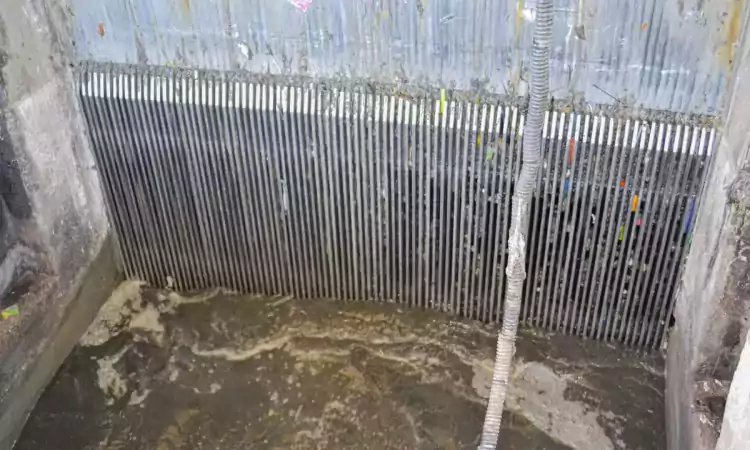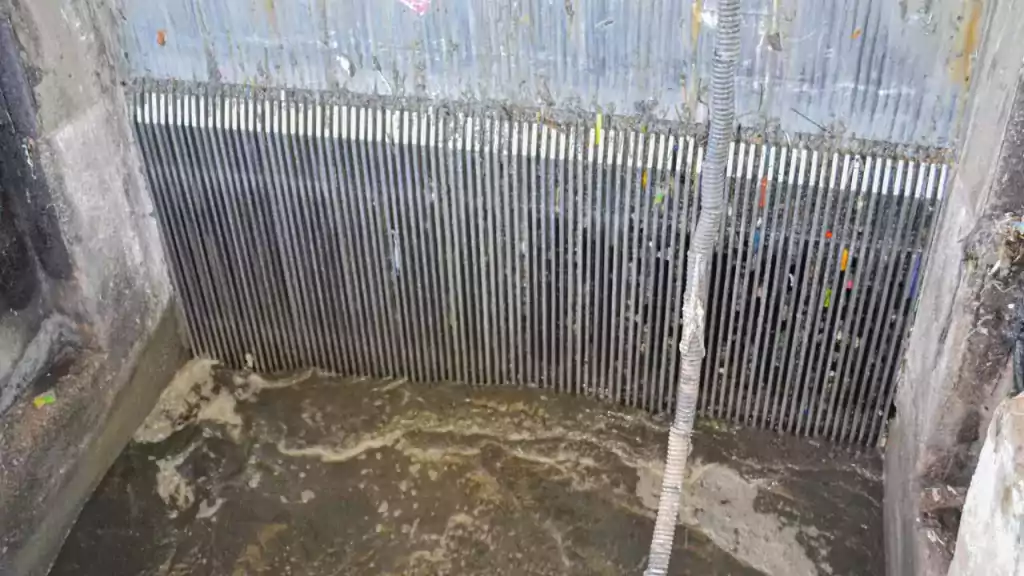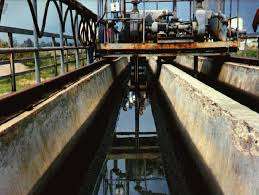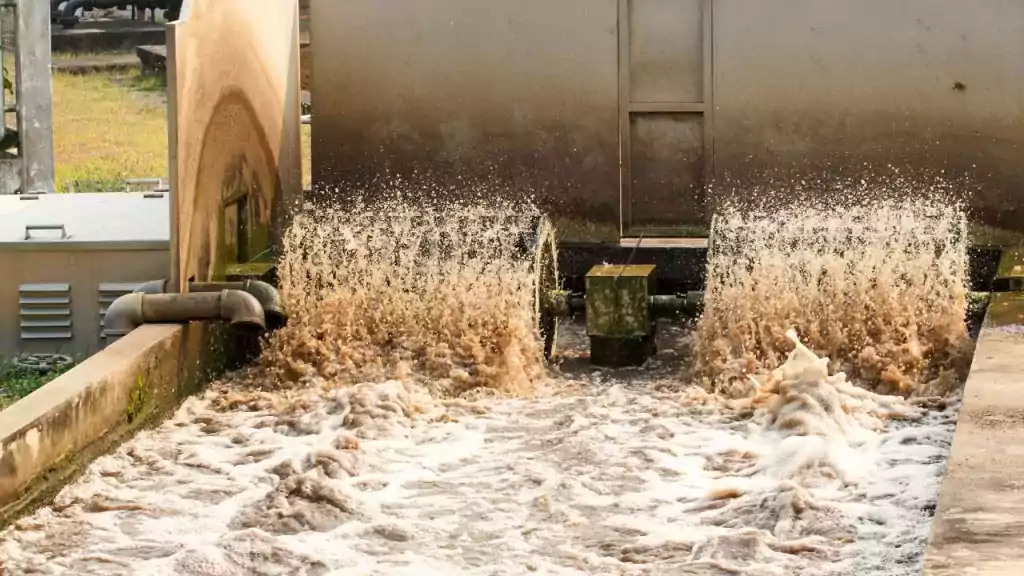Grit Chambers are one of the most commonly used types of equipment in the wastewater treatment process. In this blog, I will walk you through the mechanism, types and uses of grit chambers. Before diving deep into grit chambers, make sure that you go through these blogs so that you know what exactly happens in a wastewater treatment plant.
What are Grit Chambers?
Grit chambers are settling tanks or basins that collect the inorganic particles and avoid their accumulation in sludge digesters as well as prevent damage to the pumps. Grit will damage pumps by abrasion and cause serious operational difficulties in sedimentation tanks and sludge digesters as it can accumulate around outlets and pump suction thereby choking them. Consequently, it is common practice to remove this material by grit chambers.
We usually place them ahead of pumps or comminuting devices. Mechanically cleaned grit chambers should be preceded by coarse bar rack screens. We typically design the Grit chambers as a long channel in which we reduce, the wastewater’s velocity sufficiently to deposit heavy inorganic solids but to retain organic material in suspension. Channel-type chambers should provide controlled velocities as close as possible to 1.0 feet per second. Velocities substantially more significant than 1.0 feet per second cause excessive organic materials to settle out with the grit. The detention period is usually between 20 seconds to 1.0 minutes.
Grit Chambers Working Principle
The critical velocity of flow should always be lesser than the critical scouring velocity so that the inorganic particles settle.
Grit Chamber Types
We can classify grit chambers into two types, depending on the cleaning mechanism.
Mechanically cleaned
A mechanically cleaned grit chamber uses mechanical means to remove the accumulated grit. Scraper blades in a mechanically cleaned grit chamber collect the grit that has accumulated on the chamber’s floor. By using various devices such as bucket elevators, jet pumps, and airlifts, we can raise this grit to ground level and remove them. The grit washing mechanisms mostly include agitation tools that use either water or air to provide washing action.
Manually Cleaned
In the manually cleaned Grit chamber, we remove the grit manually using a shovel. We must clean them at least once each week. Also, they should have adequate capacity for storing grits between the time of cleaning.
Based on the mode of operation, we can classify grit chambers as follows:
Horizontal Flow Grit Chambers
These are long narrow tanks about 10-18 meters long and 1 to 1.3 m in depth and rely on gravity to settle out the heavy solids. The wastewater is directed into the tank at a controlled rate and the velocity is kept low to allow the particles to settle to the bottom of the tank. We remove the settled material with a scraper mechanism or airlift pump.
Aerated Grit Chambers
Aerated grit chambers use a combination of mechanical mixing and agitation with air to prevent the solids from settling and keep them in suspension. After mixing with air, the mixture flows into a settling zone to separate the solids. The diffusers are located at about 0.45 to 0.6 m from the bottom. Wastewater moves in the tank in a helical path and makes two or three passes across the bottom of the tank at maximum flow. Wastewater is introduced in the direction of roll in the grit chamber. This type of grit chamber has grit removal grab buckets, travelling on monorails over the grit collection and storage trough. We can also use chain and bucket conveyors.
Typical design details for the aerated grit chamber are :
- Depth: 2 to 5 m
- Length: 7.5 to 20 m
- Width: 2.5 to 7.0 m
- Width to depth ratio: 1:1 to 5:1
- Air supply m3 /m.min of length: 0.15 to 0.45 (0.3 typical)
- Detention time at peak flow: 2 to 5 min (3 minutes typical)
Vortex Type Grit Chambers
In this grit is removed with a vortex flow pattern. The wastewater enters tangentially and exits in the perpendicular direction of motion either from the top or from the side. Due to inertia, the grit particle will remain in the chamber and liquid free from grit will only escape. The rotating turbine maintains constant velocity and helps in separating organic matter and grit. We get washed grit, free from the organic matter from this device.
Now, let’s have a look at the uses of grit chambers.
Grit Chamber Uses
The uses of the grit chamber are as follows:
- Prevents equipment from clogging.
- Slow down the flow to settle heavy solids.
- Saves the wastewater treatment cost.
- Controls grit collection in sludge digesters.
Conclusion
In this blog, we saw the working principle, types and uses of grit chambers. If you have any queries please feel free to ask in the comments section.




